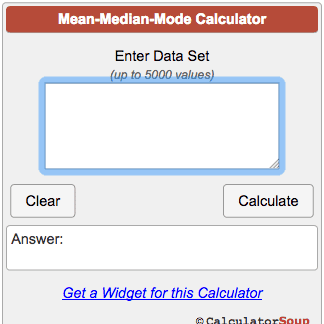JustMe2
Well-Known Member
Load #1. I feel the "mode" is more important than ES and SD. The mode = most. Where did most of the bullets impact? You can always expect a flier which will change your ES or SD. Also verticle spread is more important than horizontal spread because environmental factors have more of an affect on the horizontal spread than the verticle spread, like wind, trigger pull, mirage, breathing, shoulder fit/recoil angle, scope level, forearm pressure, etc. Some of these also affect verticle but they generally have a greater affect on horizontal. This is why the winner of a competition has the most Xs or 10s, not the one with the smallest ES and basically what med358 explained.

 www.calculatorsoup.com
www.calculatorsoup.com

Mean, Median, Mode Calculator
Mean, median and mode calculator for statistics. Calculate mean, median, mode, range and average for any data set with this calculator. Free online statistics calculators.
Last edited:
